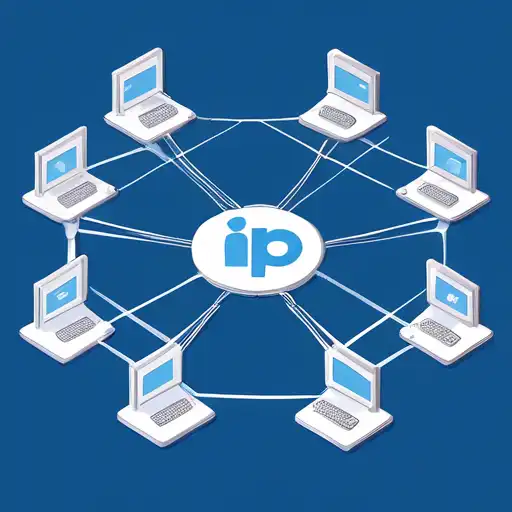Understanding IP Addresses: The Foundation of Networking
In the digital age, understanding the basics of networking is crucial, and at the heart of this knowledge lies the concept of IP addresses. An IP (Internet Protocol) address is a unique identifier assigned to each device connected to a network, enabling communication between devices. This guide will walk you through the essentials of IP addresses, their types, and their role in networking.
What Is an IP Address?
An IP address is a numerical label assigned to each device participating in a computer network that uses the Internet Protocol for communication. It serves two main functions: identifying the host or network interface and providing the location of the host in the network.
Types of IP Addresses
There are two primary types of IP addresses: IPv4 and IPv6. IPv4, the most widely used version, consists of four sets of numbers separated by dots (e.g., 192.168.1.1). However, due to the exponential growth of internet-connected devices, IPv6 was introduced, which uses a more complex alphanumeric system to accommodate a vastly larger number of addresses.
- IPv4: The original IP address format, limited to about 4.3 billion unique addresses.
- IPv6: The next generation of IP addresses, designed to overcome the limitations of IPv4 with a virtually unlimited number of addresses.
How IP Addresses Work
IP addresses facilitate the routing of data packets across networks. When you send a request to access a website, your device uses the website's IP address to locate and retrieve the data. This process is seamless and happens in milliseconds, thanks to the Domain Name System (DNS), which translates human-readable domain names into IP addresses.
Static vs. Dynamic IP Addresses
IP addresses can be static or dynamic. A static IP address remains constant, making it ideal for hosting websites or services. On the other hand, a dynamic IP address is assigned temporarily by a DHCP server and can change over time, which is common for residential internet connections.
- Static IP: Permanently assigned to a device, suitable for servers.
- Dynamic IP: Temporarily assigned, reducing the need for manual configuration.
Why Understanding IP Addresses Is Important
Grasping the concept of IP addresses is fundamental for anyone looking to delve into networking, cybersecurity, or even basic IT troubleshooting. It enables you to configure networks, secure devices, and understand how data travels across the internet.
For more advanced topics in networking, consider exploring our guides on Networking Basics and Cybersecurity Essentials.
Conclusion
IP addresses are the cornerstone of modern networking, enabling devices to communicate over the internet. Whether you're a budding IT professional or just curious about how the internet works, understanding IP addresses is a critical first step. With the transition from IPv4 to IPv6 and the increasing importance of network security, the relevance of IP addresses continues to grow.
